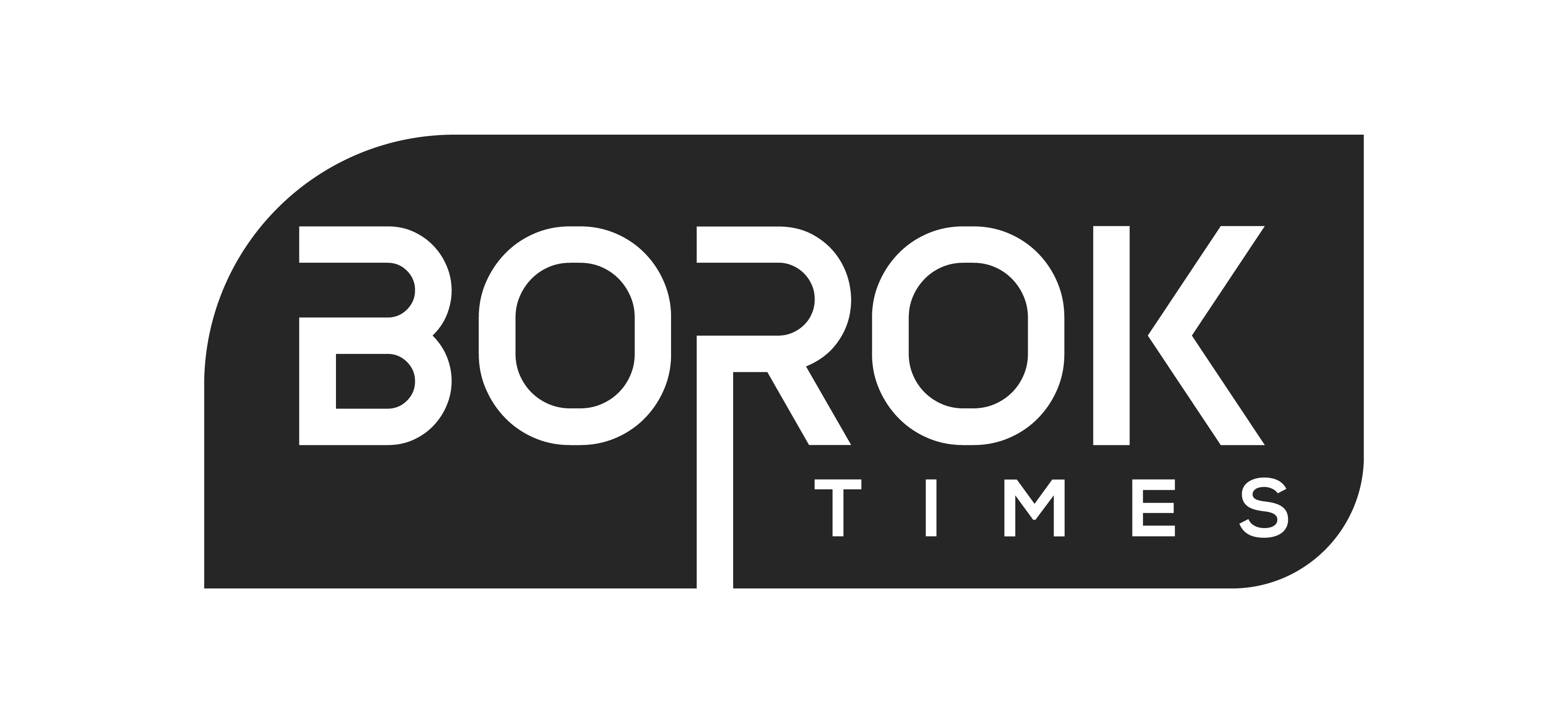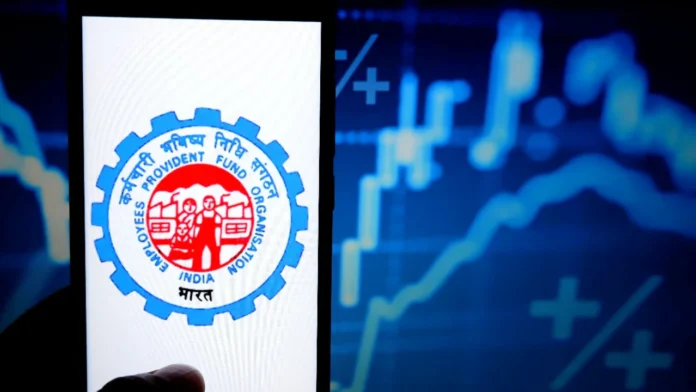The Employees’ Provident Fund Organisation (EPFO) has proposed a significant increase in the automatic settlement limit for advance claims, raising it from ₹1 lakh to ₹5 lakh. This move aims to enhance the Ease of Living for its 7.5 crore members by streamlining the withdrawal process for urgent financial needs. The proposal is currently under review and, if approved, will mark a major shift in EPFO’s approach to claim settlements.
The increase in the limit is expected to benefit salaried employees who rely on their provident fund savings during financial emergencies. The current ₹1 lakh auto-settlement cap often falls short for those facing medical expenses, home loans, or sudden financial crises. By increasing the limit fivefold, EPFO intends to reduce delays and ensure quicker access to funds without extensive paperwork or manual intervention.
EPFO officials believe this change aligns with the government’s broader vision of improving financial accessibility and reducing bureaucratic hurdles. The proposal is based on internal assessments and member feedback, indicating a growing need for higher withdrawal limits due to inflation and rising costs of living. A senior official noted that the organization aims to strike a balance between maintaining fund stability and allowing members access to their savings when required.
The move also seeks to address complaints about long processing times for non-auto claims. Currently, members applying for withdrawals beyond ₹1 lakh must go through additional verification, often leading to delays. The proposed hike to ₹5 lakh would automate more claims, making the process smoother for employees in urgent need of funds.
Experts suggest that this increase will significantly impact those seeking advances for medical treatments, home purchases, or education expenses. With medical costs rising sharply, many employees struggle to cover emergency expenses within the current ₹1 lakh limit. The fivefold increase could provide much-needed relief to families dealing with health crises.
The auto-settlement system plays a crucial role in ensuring fast disbursal of funds, especially in cases where employees need immediate financial support. The proposed change is expected to reduce dependence on employer approvals, minimizing delays caused by procedural bottlenecks. Employees will no longer have to wait for extended periods to receive funds, making the EPFO process more user-friendly.
The proposal comes at a time when the government is focusing on digital transformation and automation in financial services. EPFO has already introduced several digital initiatives to simplify claim processes, including online KYC updates and mobile-based claim tracking. Increasing the auto-settlement limit aligns with these efforts to enhance efficiency and reduce processing times.
If implemented, the new limit will likely encourage more employees to utilize their provident fund savings effectively. However, financial planners caution that frequent withdrawals might impact long-term savings. Provident fund balances serve as crucial retirement savings, and excessive withdrawals could leave employees with insufficient funds post-retirement.
EPFO is expected to conduct further discussions before finalizing the proposal. The organization may introduce safeguards to prevent misuse, ensuring that withdrawals are primarily for genuine financial emergencies. Officials are also considering mechanisms to track withdrawal patterns and identify potential risks to fund stability.
The proposed increase in the auto-settlement limit reflects EPFO’s evolving approach to member benefits. By adapting to the financial realities of its members, the organization aims to provide greater financial security and flexibility. Employees across sectors will be closely watching the developments, as the decision could significantly impact how they access their retirement savings.
With the final approval pending, EPFO members await confirmation on whether the new limit will be implemented soon. If approved, this change could redefine the provident fund withdrawal process, making it more responsive to the needs of the workforce.




